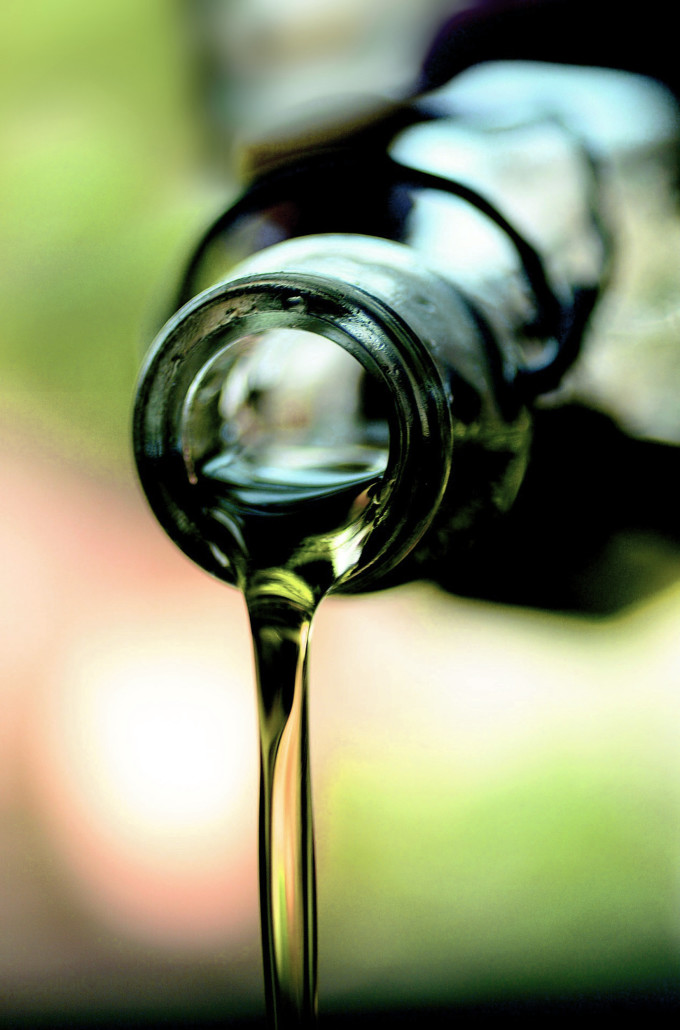
Important Research Funded by the OOCC
This month, the Olive Oil Commission of California’s Research Committee will be meeting for an update on ongoing projects funded as part of the OOCC’s research program. The OOCC is funding six important research projects in its current fiscal year with a budget of $220,000. The projects address a range of issues from analyzing the quality of California olive oils at time of production to studying a new disease now being found in California olive orchards.

Below is a summary of the projects funded:
Analysis of Harvest Oil Quality Data
This project is at the heart of the OOCC. The objective is to provide California olive producers with results of the OOCC’s mandatory sampling and testing program and its impact on the quality of California olive oil. The analysis is being conducted by the University of California, Davis. The OOCC is preparing to issue a full report on findings over the past three years. The budget for this project is $9,000.
Evaluation of Fatty Acid and Sterol Profiles for California Olive Oils
The objective of this ongoing project is to build a robust database on the chemical makeup of olive oil from all regions of California for use in ensuring that OOCC purity standards are inclusive of all genuine olive oils produced in the state. The project involves evaluating samples from growing regions around the state. The project is being conducted by the UC Davis Olive Center with a budget of $34,000.
Literature Review on “Best Before” Date Predictors for Olive Oil
This project, also being conducted by the UC Davis Olive Center. It’s objective is to provide handlers with a comprehensive review of existing information on methodologies and tools that can be used to predict the shelf life of olive oil. The budget is $10,000.
Survey on California commercial olive oil off-the-shelf in the marketplace
This important project is the beginning of long term effort to study the factors impacting shelf-life of California olive oil. This project’s objective is to gather and test samples of California olive oils at retail. Test results will be used to inform handlers on how the quality of these oils are holding up in the marketplace and, when possible, compare retail tests to data collected at time of production. The project is being conducted by the UC Davis Olive Center with a budget of $50,000.
Epidemiology and Management of Olive Knot Caused by Pseudomonas Svastanoi PV. Savastanoi
The objective of this ongoing project is to examine a number of potential treatments to prevent olive knot in California olive orchards, which is one of the most serious diseases impacting olive oil trees. A progress report on this effort is available here. This project is being conducted by Dr. Jim Adaskaveg, UC Riverside. This project is being jointly funded by the OOCC and the California Olive Committee with each contributing $21,000.
Biology and Control of Neofabraea Leaf Spot, Branch Canker and Twig Dieback in Oil Olives in California
During the spring and winter of 2016, severe defoliation, twig dieback and branch cankers were observed in super high density olive oil orchards in the San Joaquin Valley believed to be caused by fungal pathogens belonging to the neofabraea genus. To date, little is known about neofabraea disease on olives. The emergence of this new disease in California olives is of major concern to growers and constitutes a serious threat to the industry’s productivity. The objective of this research project is to learn more about neofabraea in California olives and to begin developing control strategies. The research is being conducted by Flourent Trouillas, who is stationed at the Kearney Agriculture Research and Extension Center in Parlier. The budget is $42,000.
After the close of the OOCC’s fiscal year in July, full reports will be provided on these projects. Check back to learn more.